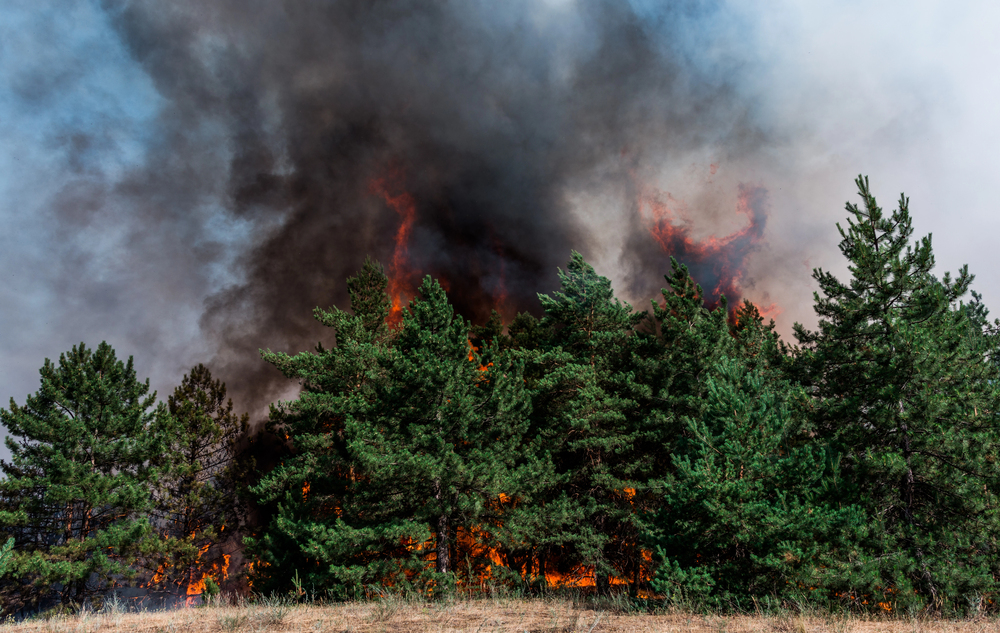
Wildfires don’t take time off even in paradise. While tourists were fantasizing about blue oceans and olive trees, Crete’s summer tourist season became a script for a disaster film. Sun hats and sandals gave way to passports and evacuation buses as thousands rushed to collect their documents while fire razed one of Greece’s favorite islands.
But the Crete 2025 wildfire story is one of more than just a single disaster. It’s an awakening for anyone who adores the Mediterranean, is concerned about climate resilience, or relies on the region’s legendary looks to earn a living or get their wanderlust fix. Here’s a glimpse at how wildfires are transforming the look of tourism, local economies, and the environment throughout Southern Europe and what’s happening to convert crisis into comeback.
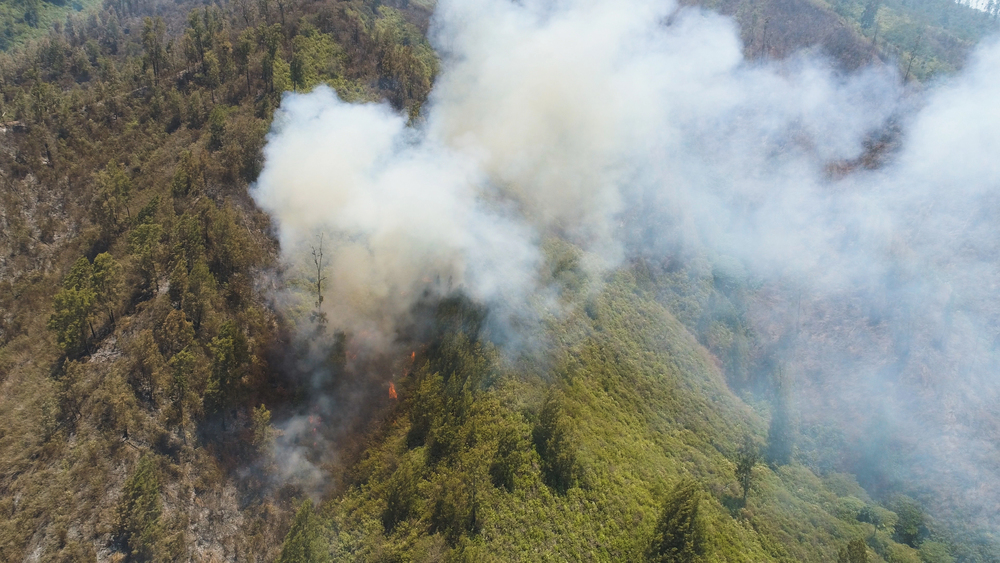
1. The Unstoppable Spread: Why Crete’s Fire Was So Fierce
Crete’s 2025 fire was not a typical summer wildfire it was a nightmare combination of blistering heat, hurricane-force gusts, and dry brush. In a matter of hours, flames jumped from forest-covered hills to seaside resorts, evacuating more than 5,000 people, the majority of whom were foreign visitors. The fire branched out into several fronts, as fresh outbreaks burst from burning trees, and containment became almost impossible. As Fire Department Chief Vasilios Vathrakoyannis explained, “These conditions are conducive to the spread of fires and heighten their risk.” The fire front ultimately extended over 3.7 miles, scorching homes and blackening farmland behind it.
Such intensity is becoming the new normal across the Mediterranean. According to a recent review, more than 60% of Europe’s wildfires now occur in just six Southern European countries, with Greece experiencing record-breaking burnt areas in recent years.
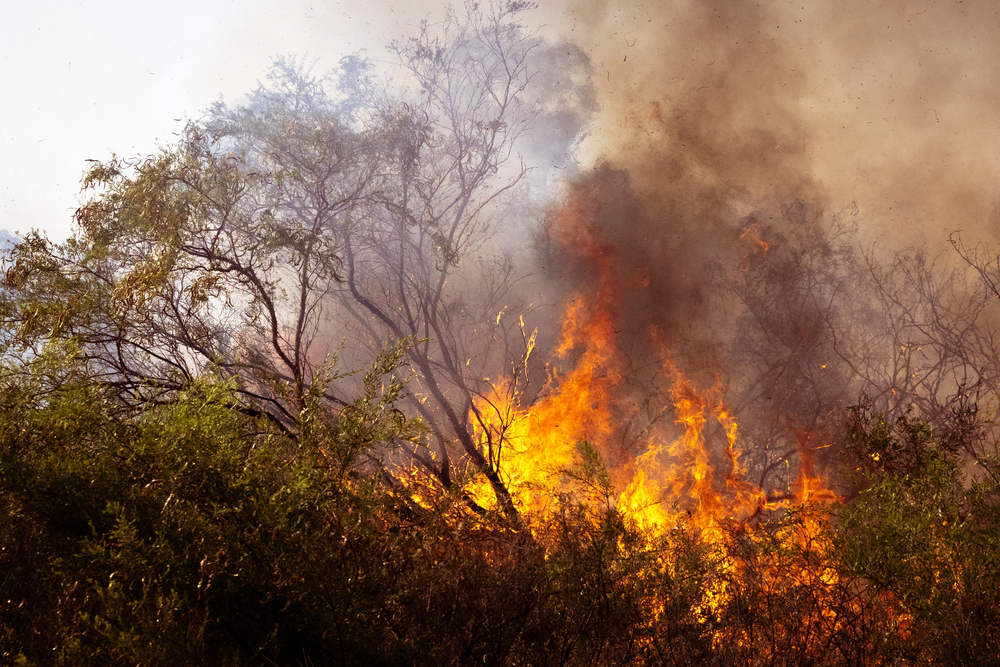
2. Mass Evacuations: Chaos, Courage, and Community
When the evacuation order struck, panic engulfed Crete’s coastal villages and resorts. Guests took essentials and left luggage and summer vacations behind. Some were driven away in buses, some in fishing boats, as roads became blocked and smoke filled the air. Sports halls in Ierapetra were converted into ad hoc shelters for hundreds of evacuees.
But amidst the turmoil, the spirit of the island was at its best. Residents welcomed evacuees into their homes and offered food to stranded tourists, demonstrating to the world what Greek hospitality is during a crisis. As regional civil protection official Nektarios Papadakis put it, “It’s a very difficult situation. The fire is very hard to contain. Right now, they cannot contain it.”
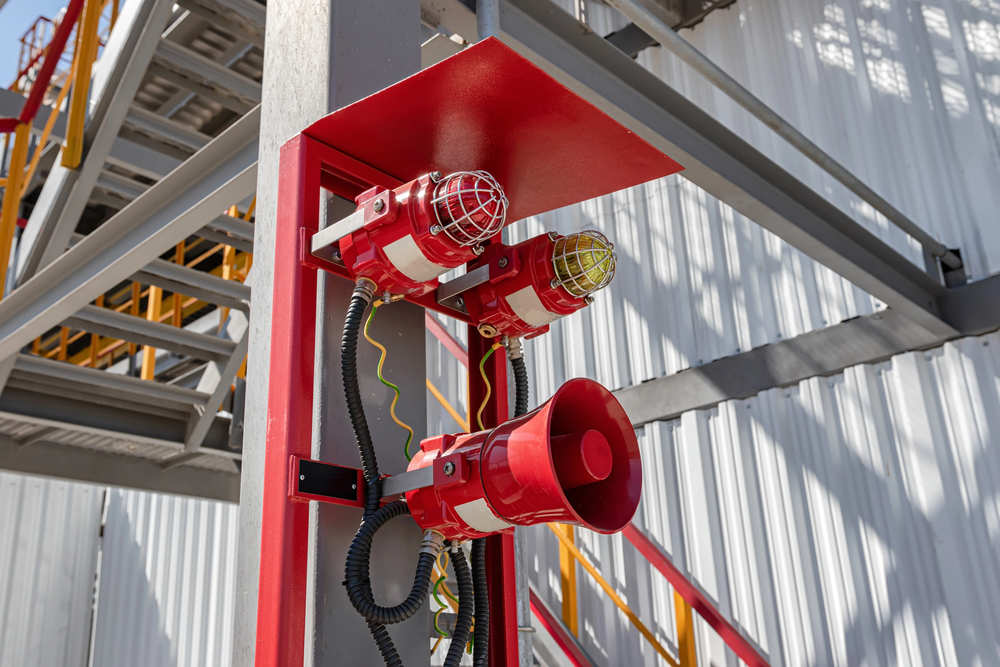
3. Communication Blackouts: When Information Is as Precious as Water
In the midst of the crisis, power cuts and broken mobile connections kept many from getting notifications or calling out to loved ones. Lasithi’s Deputy Governor, Yiannis Androulakis, summed up the fear: “We had no electricity during the night. In most places, we didn’t even have a mobile signal.”
This fragmentation fueled panic and confusion, with evacuees tussling to obtain safe passages or meet family members. The ordeal has evoked desperate appeals for strong early warning systems and fire-resistant structures a take-home lesson for all fire-risk resorts.
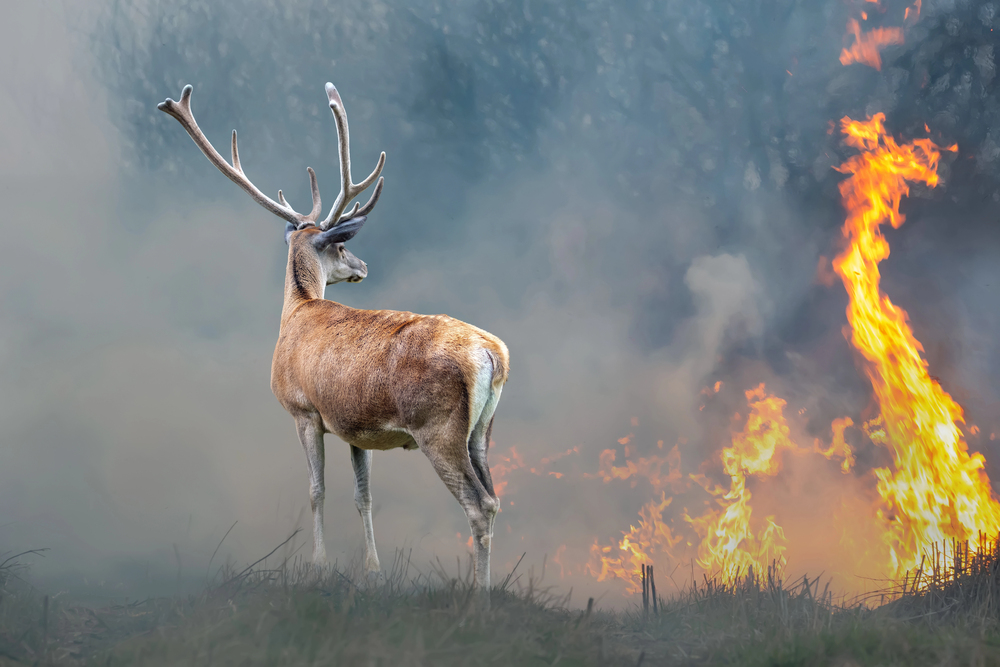
4. Environmental Toll: The Hidden Cost to Nature and Wildlife
Behind the headlines, Crete’s wildfire branded the island’s fragile ecosystems. Huge expanses of forest, olive groves, and fields went up in ash, wiping out habitats for countless species. Farmers and volunteers found dead animals, while wild animals lost nesting and foraging areas. This environmental punch is particularly devastating in an area already strained by drought and climate change.
As pointed out in a recent analysis, environmental degradation triggered by such fires is routinely followed by soil erosion and water contamination, aggravating the environmental damage and endangering long-term recovery.
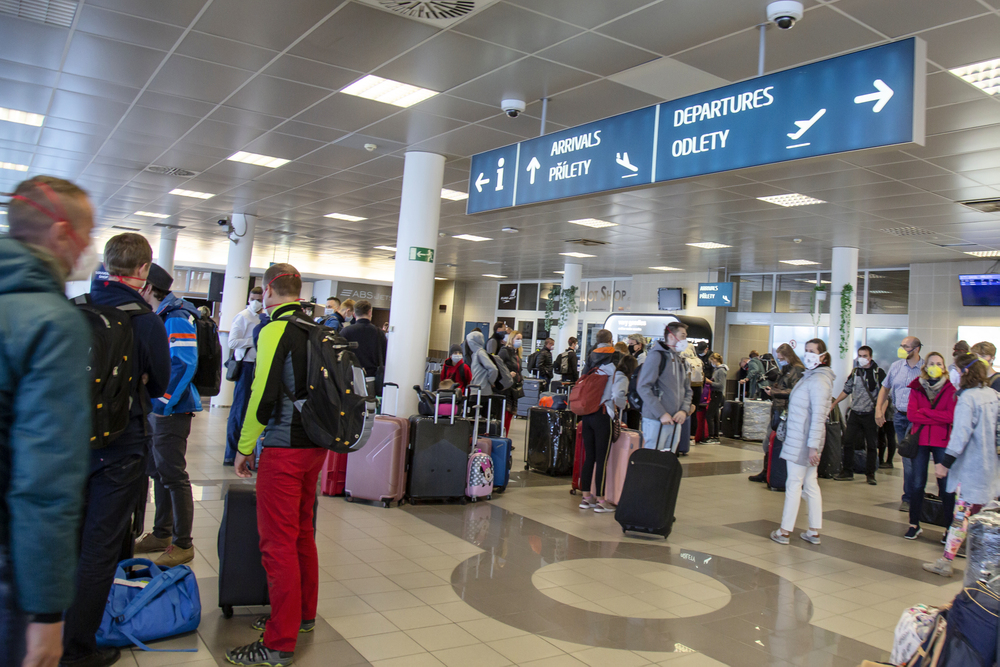
5. Tourism in Turmoil: From Booking Cancellations to Industry Resilience
The tourism industry of Greece is the pillar of its economy, providing almost one job in five and 19.2% of GDP. The Crete fire evacuated hotels overnight, stranded travelers, and set off a wave of cancellations. Large airlines battled to organize evacuation flights, while local businesses prepared for a summer of lost revenue.
However, the reaction was quick and organized. Hoteliers and tour operators collaborated with authorities to give shelter and food to evacuees, and most tourist facilities survived. Industry reports indicate that numerous attractions were reopened shortly after the fires were brought under control, proving highly resilient.
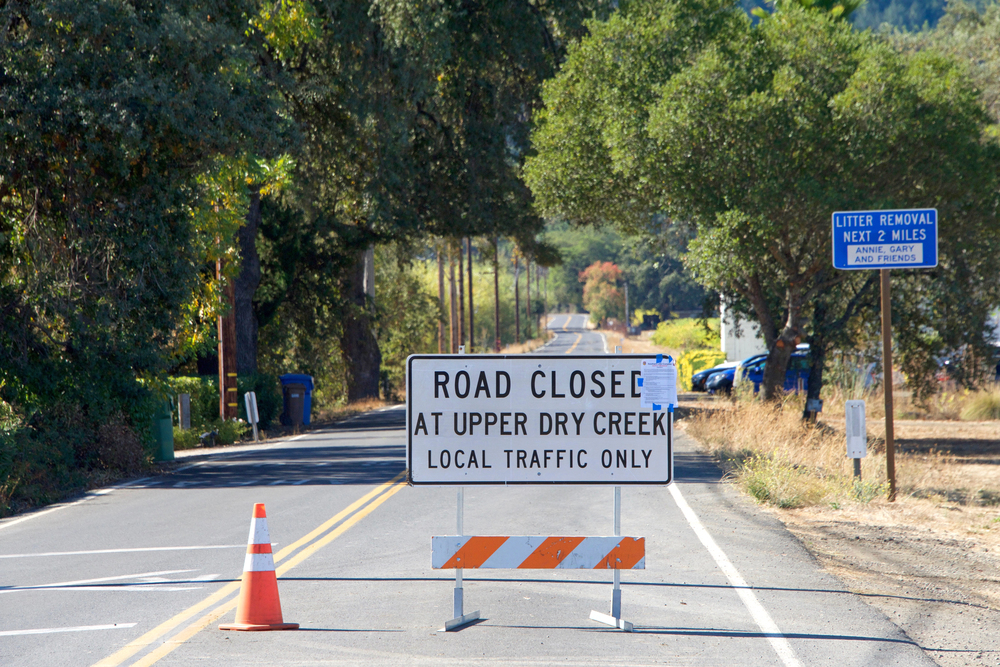
6. Travel Disruptions: Flights, Ferries, and Roadblocks
Wildfires don’t only destroy forests they disrupt travel schedules on a grand scale. Ferry services between Piraeus and Aegean islands were suspended, and principal roads to tourist destinations were shut down during the Crete crisis because of unsafe air and falling ash. Flights operated but with delays and warnings for potential cancellations.
Authorities advised travelers to remain informed through official sources and to refrain from non-essential travel to southeastern Crete. The moral of the story? Flexibility and up-to-the-minute information are now a necessity for Mediterranean travelers.
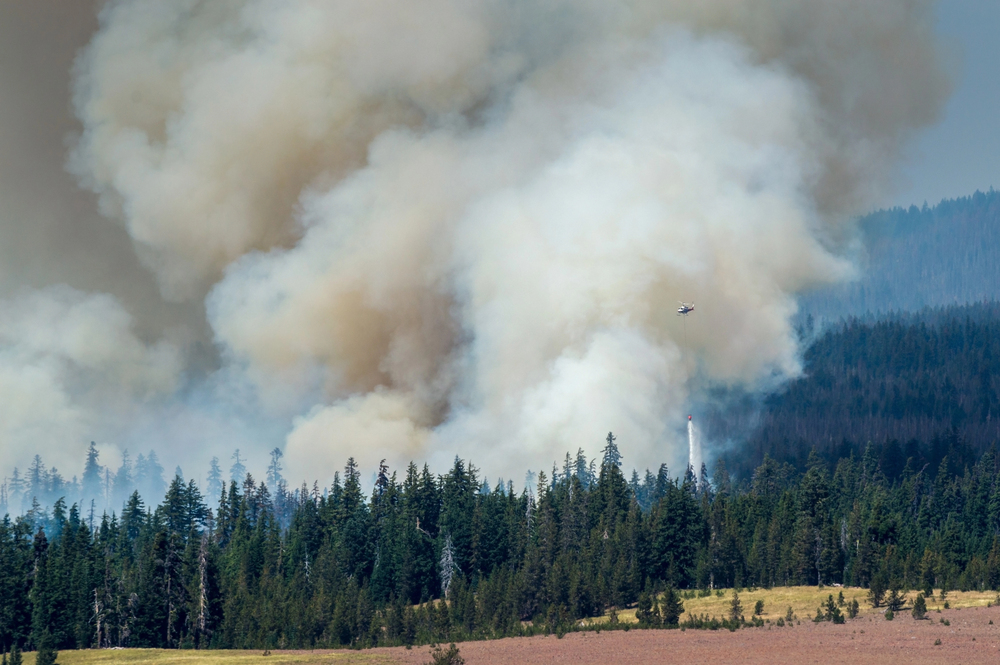
7. The Climate Connection: Why Fires Are Getting Worse
The wildfire crisis in the Mediterranean isn’t bad luck it’s a sign of an overheating planet. Climate change has increased the chances of heatwaves by at least 50 times in Greece, the UN Environment Programme warns. The area now experiences 29 additional days of extreme fire weather each year compared to the late 20th century.
Even if global warming is limited to 1.5°C, the Mediterranean is expected to have a 40% expansion of burn areas. If no drastic measure is taken, wildfire frequency and severity will only increase jeopardizing nature, communities, and the tourist sector.
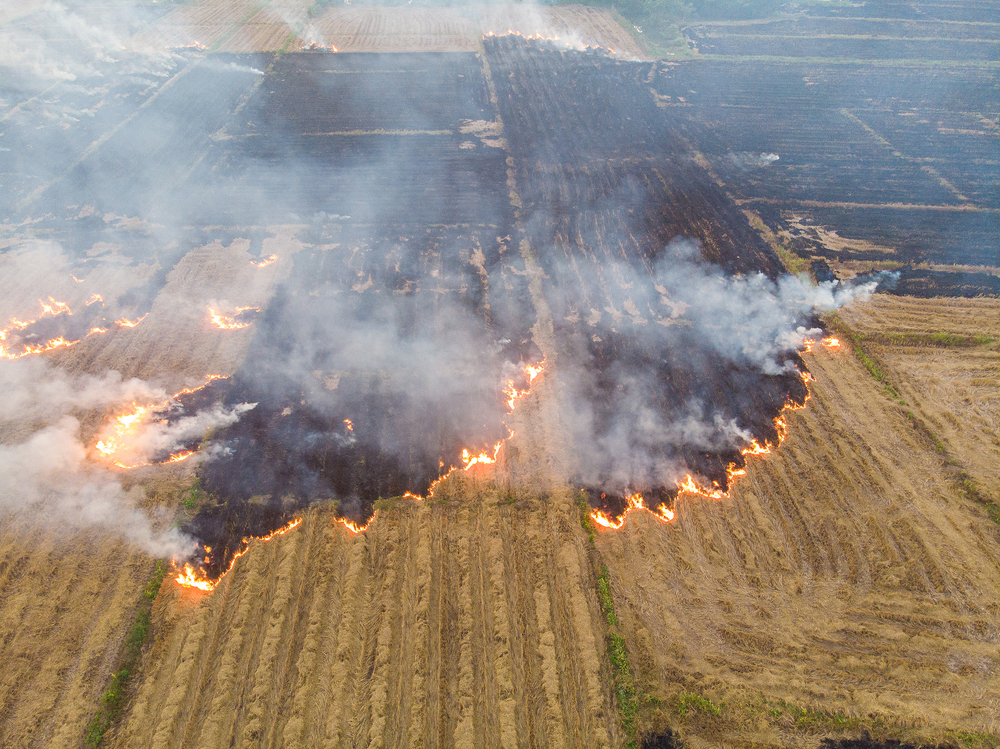
8. Economic Fallout: The True Cost of Wildfires
The cost of the wildfires in Southern Europe is eye-watering. Europe experienced a total estimated €4.1 billion in damages due to wildfires in 2025 alone. In Greece, a mere 9% of wildfires losses were covered by insurance between the period 1990–2019, and families, farmers, and businesses ended up picking up the tab.
For tourism, the blow is immediate and severe. Research puts losses in GDP due to wildfires in Italy, Spain, Portugal, and Greece between €13 and €21 billion a season, with a ripple effect in retail, agriculture, and local livelihoods.

9. Building Back Smarter: Prevention, Technology, and Hope
The future is not just about containing fires it’s about staying ahead of them. Southern Europe is investing in next-generation firefighting equipment, early warning systems, and public education campaigns. Artificial intelligence, drones, and satellite imaging are aiding real-time prediction and monitoring of fire risks.
Experts emphasize sustainable tourism methods, management of risks in traveling, and increased global cooperation. As another review points out, “Effective fire prevention and management strategies, including public education, sustainable tourism practices, and international cooperation, are needed to reduce the adverse impacts of wildfires and improve resilience.”
The 2025 wildfires marked Crete and the entire Mediterranean, but they also ignited a new era of community spirit, resilience, and innovation. For environmentally conscious travelers, news-hungry visitors, and anyone who is fond of the region, the message is clear: the problems are real, but so is the spirit of resilience and adaptation to overcome them. As the region heals and the tourism industry recovers, the Mediterranean’s tale is hardly finished it’s developing, one lesson at a time.


